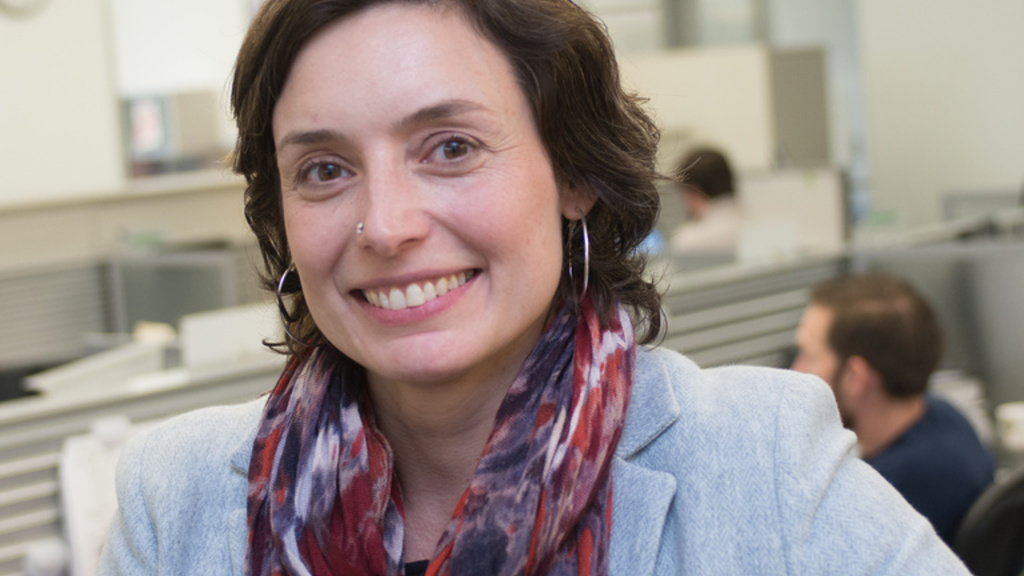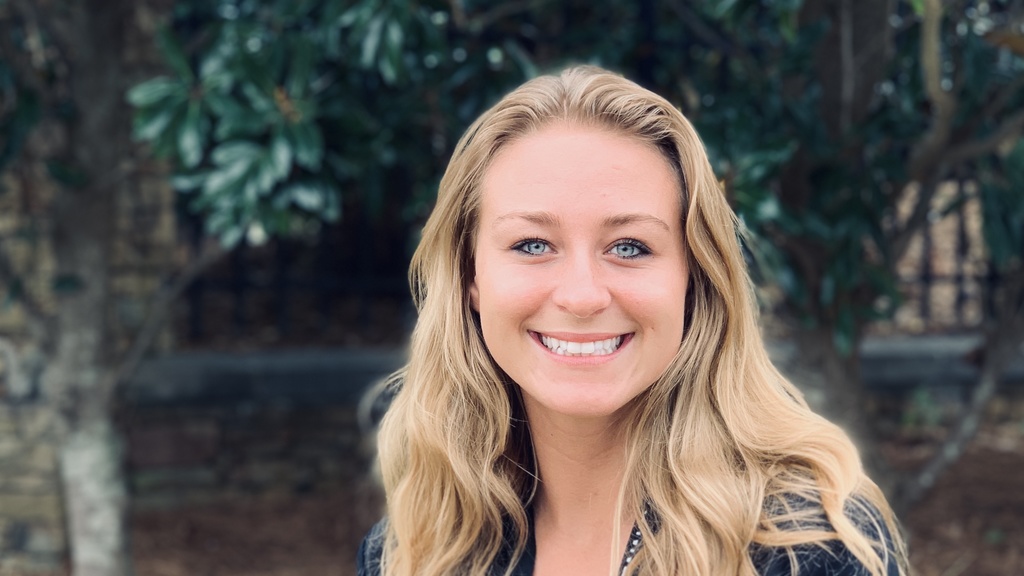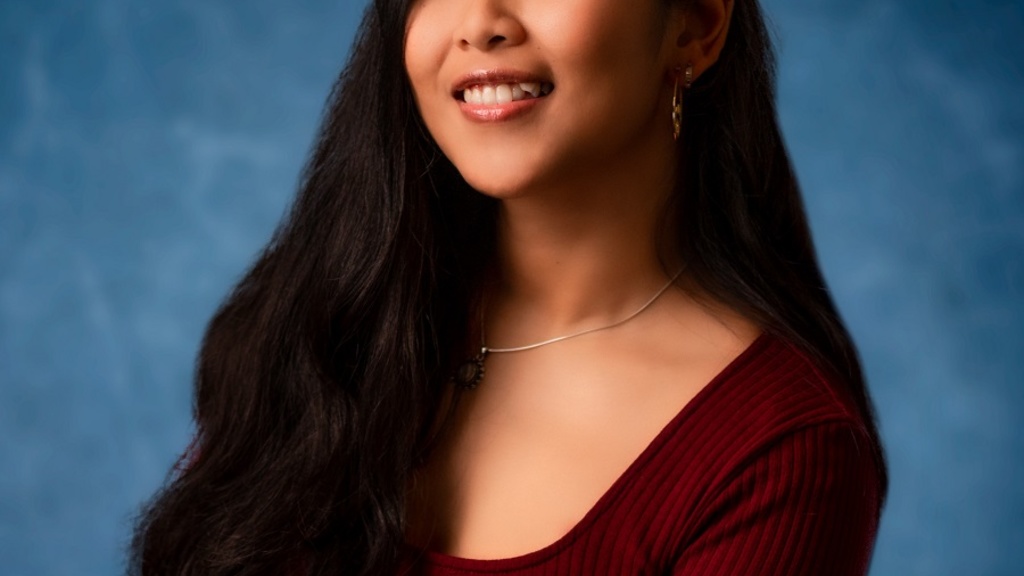Upcoming Events

Graduate Student Writing Group Session & Social
Tuesday, April 8, 2025 11:00am to 1:00pm
The Obermann Center for Advanced Studies, in collaboration with Grad Success & Belonging, is hosting a writing group followed by a social for Graduate & Professional Student Appreciation Week. This writing group session facilitated by two grad ambassadors will offer community and accountability to Iowa's graduate and professional students working on any kind of academic writing project (academic articles/essays, fellowship or grant applications, dissertations, book projects, etc.). The session...

Writing for The Conversation: Informational Lunch for Grad Students and Postdocs
Friday, April 11, 2025 12:00pm to 1:30pm
Join the Office of the Vice President for Research, the Obermann Center for Advanced Studies, and the Graduate College for lunch and an introduction to pitching your research to The Conversation US with Kristy Nabhan-Warren, Associate Vice President for Research.
The Conversation is an independent news organization dedicated to unlocking the knowledge of academic experts for the public good. With a monthly readership of 20 million, The Conversation expertly shares a scholar’s expertise far...

Annual Sonia Kovalevsky High School Mathematics Day 2025
Saturday, April 12, 2025 (all day)
In honor of Sonia Kovalevsky, the Department of Mathematics at the University of Iowa organizes Sonia Kovalevsky High School Mathematics Day yearly with the goal to inspire young women interested in math and show them that math is like solving a puzzle. Sonia Kovalevsky High School Mathematics Day is an opportunity for young women to engage in a day of networking, mentoring, and fun! The daylong program includes workshops, interactive talks, math related games and panels of professionals with...

Graduate Student Session with Mark Simpson-Vos, Obermann Editor-in-Residence
Thursday, April 17, 2025 10:00am to 11:00am
This interactive talk for PhD and MFA students in the writing disciplines will outline the publishing process for first books. The session will guide graduate students through the steps of the academic publishing process, with a focus on demystifying the journey from dissertation/thesis to manuscript to published book. Key topics will include identifying the right academic publisher, understanding peer review, negotiating contracts, and building a strong proposal. Led by Mark Simpson-Vos, Senior...
Pagination
Spacer
Upcoming Application Deadlines
Upcoming Application Deadlines
News

Beyond Times New Roman: Daria Fisher Page makes the case for visual advocacy in law school
In the U.S., where the terms "lawyer" and "attorney" refer to a legal professional, it can be easy to forget that "advocate" is the term more widely recognized across cultures. The word comes from Roman law and the Latin "advocatus," “one called to aid (another); a pleader (on one’s behalf).” The training of advocates also goes back to the Roman Republic, when it was deemed useful to have people outside the priesthood trained in rhetoric and reasoning.
To this day, law students receive extensive training in oral and written advocacy. During three intensive years, they are taught how to make clear and concise arguments in both formats. But what about communication through images? Daria Fisher Page, a professor in the UI College of Law and a Fall 2021 Obermann Fellow-in-Residence, believes that today’s legal professionals also need training in visual advocacy.

Searching for Red with Margaret Beck
An anthropological archaeologist, Margaret Beck is continually searching—sometimes physically, for artifacts or geological samples, but always intellectually—to understand how people once lived, how they prepared and served food, taught and learned craftwork, used local resources, moved within their landscapes, and spread their traditions. Currently, she’s studying red-painted archeological ceramics and iron-rich geological samples to discover how Native peoples created and applied the color red in the central United States. The answers aren't always easy to find centuries later.
"Throughout Native North America," says Beck, Associate Professor of Anthropology and a Fall 2021 Obermann Fellow-in-Residence, "red is a powerful, strong, and often sacred color.” Indigenous people in the Midwest and Great Plains used red paint for daily grooming, to ornament household objects, and to make the mundane sacred in religious ceremonies. When Beck moved to Iowa in 2007 and began looking at archeological ceramics from Iowa and Illinois, she noticed that their red pigments differed from those found in archeological sites elsewhere in North America. The red coatings (paints or slips) were often thinner and more powdery, with lighter or more yellow shades of red. Beck surmised that these differences were due to regionally distinct raw materials and pigment application techniques—but this was something she’d have to find out for herself. "In the Great Plains and the American Bottom, I found that this was an overlooked subject," she says. "Scholars know relatively little about sources of red pigment or ochre there"—in contrast to, say, chippable stone, the location of which has been widely studied in the region.

Hannah Baysinger Discovers “Next”
Hannah Baysinger had forty-eight hours to leave Paraguay. She had been in the South American country as a Peace Corps volunteer for just six months when the pandemic forced her and other volunteers to leave at the end of March 2020. “I was on the last commercial flight out of Paraguay, and one of the last out of South America,” says Baysinger of the sudden departure she made from a place she intended to call home for two years.

Planting Hope: The Anne Frank Tree Arrives in Iowa
On February 23, 1944, a 15-year-old girl gazed from an attic window at the topmost branches of a tree. The tree had become a sort of friend to her, a reminder of life beyond the small space to which she was confined and one of the few things she could see from the only window that was not blacked out. In her diary that day, she wrote, “I look up at the blue sky and the bare chestnut tree, on whose branches little raindrops shine, appearing like silver, and at the seagulls and other birds as they glide on the wind. As long as this exists…and I may live to see it, this sunshine, these cloudless skies, while this lasts, I cannot be unhappy.” Those words represent the hope that has made their author, Anne Frank, one of the major figures of World War II and a ubiquitous symbol of optimism in the face of unthinkable darkness.
On April 29, 2022, the thirteenth Anne Frank Tree will be planted on the northeast corner of the University of Iowa’s Pentacrest. Its arrival is due to the work of Frank scholar and UI German Department faculty member Dr. Kirsten Kumpf Baele. Her proposal to bring a tree to Iowa City was accepted a year and a half ago by the Anne Frank Center USA; however, the pandemic postponed the original planting ceremony, which is now slated for April 29, 2022.

Bethanny Sudibyo Wins 2021 Humanities 3MT
Bethanny Sudibyo (Spanish & Portuguese, CLAS) won the 2021 Obermann Humanities 3MT for her presentation “Imperial Imaginings: Representations of Religion, Race, and Gender in 19th-Century Spanish Philippine Novels.” Sudibyo's win earned her a place in the campus-wide 3MT finals, the winner of which will be announced on November 12.

University of Iowa Awarded 2022-23 Mellon Sawyer Seminar
The University of Iowa Obermann Center for Advanced Studies in the Office of the Vice President for Research is pleased to announce the award of a grant totaling $225,000 from The Andrew W. Mellon Foundation to host a Mellon Sawyer Seminar on “Racial Reckoning and Social Justice Through Comics” at the University across the academic year 2022-23.
Pagination







